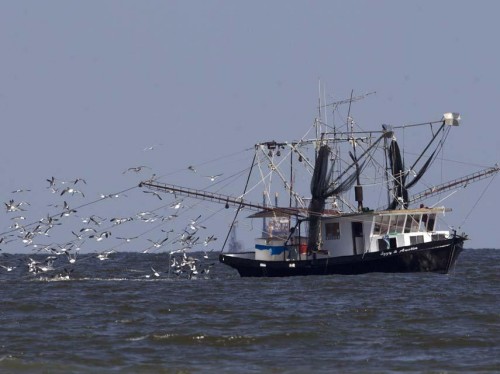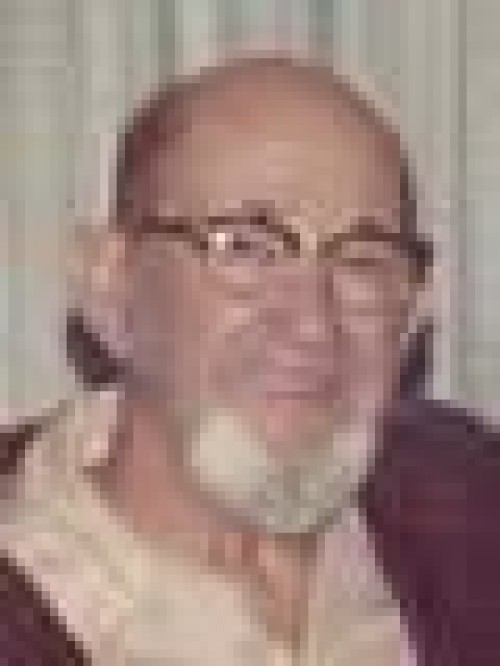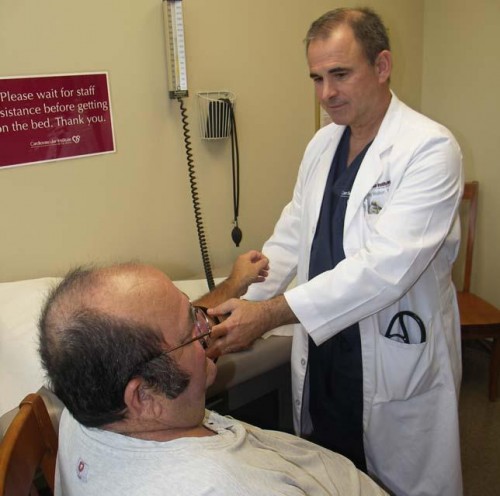
Baldone: BP’s attempt to quell future claims is ‘horrible’
July 19, 2011
Floyd Toups
July 21, 2011Randolph Landry, 53, of Sorrento, never thought much about cardiovascular issues until a health screening he received as an Entergy employee showed that his blood pressure was dangerously elevated. He did not know much about treatment advances at the time and was frustrated with what he thought were limited options, until a second opinion made all the difference.
“I went to my family physician,” Landry said. “He said my blood pressure was high and he gave me medication, but he couldn’t control it.”
Landry was sent to a cardiologist he declined to identify in Baton Rouge. He waited for two years to receive an answer regarding his blood pressure concern and a suspected artery blockage. “I saw the heart doctor in Baton Rouge and I wasn’t pleased,” Landry said. “So I confronted the doctor about a second opinion.”
Meanwhile, talking to a friend, Landry’s wife, Kitty, was told about the Cardiovascular Institute of the South. An appointment was made for her husband to travel to Houma and meet with CIS founder Dr. Craig Walker.
Thanks to upgrades in technology, and in only one week’s time, Landry was scheduled to avoid open heart surgery. He received the installation of two medicated stints at the CIS facility that eliminated his artery blockage and set him on a path of making healthier lifestyle choices.
Landry is not alone regarding the nature of his health. More than 70 million Americans suffer from some form of cardiovascular disease. It is a condition that in 2010 saw treatment costs mount to more than $272 billion. That expense is predicted to triple during the next two decades.
Cardiovascular care during the past 20 years has also seen most of the technological advances of any medical discipline. Much of testing and treating that set the stage for overall improvements in heart, artery and vein care originated from Houma-based CIS.
Since starting his practice in 1983, Walker, a Bourg native and Harvard graduate, has seen his practice grow into one of the largest and most influential cardiovascular organizations in the United States. Today, CIS has 14 locations and more than 500 employees, including 36 cardiologists.
“Our goal from day one was to provide special care to the area where I grew up and hopefully change things,” Walker said.
In 1983, the death rates from cardiovascular disease in the Houma-Thibodaux region were among the highest in the United States. Currently the death rates from cardiovascular disease in that same area are among the lowest in the nation.
“To get to that goal you have to embrace a lot of things,” Walker said. “Technology is one and education is one.”
Technology in this field has exploded, according to Walker. “Very simple tests can tell us who already has [cardiovascular disease] even if they have no symptoms,” he said.
Walker explained that the ability to make diagnoses and see inside the body has become routine when it was once considered tempting death. Ultrasound and CT, nuclear and PET scans are among the tools used to specifically indentify a patient’s condition.
Technology, Walker said, starts with being able to pinpoint a cause then advance with treatment options that were unimaginable, little more than a quarter century ago.
“[Previously] the clinician had nothing to go by except family history and the basic physical examination,” Walker said. “Then came the treadmill, EKG and ECHO. Now it is so much easier to make diagnoses because of the equipment to perform that task.”
Once a diagnosis of cardiovascular disease is established, treatment options can be selected and are as specific in nature as a given patient.
Prevention and early treatment are constant priorities for Walker, but he noted that being willing to research also added to the success of CIS. “We were one of the first 10 sites in America doing the very first stint trials,” he said. “Now stints have become common therapy. Then along came medicated stints and more stint designs have been needed and made [for arterial use on different parts of the body, heart and brain].”
When the use of stints was considered taboo, Walker and CIS recognized them as the revolutionary alternative to radical surgery.
“Now, there are stints that are more spring like [for use in a leg muscle or neck artery as example],” Walker said.
CIS has most recently been involved in trials with atherectomy, a procedure that utilizes a catheter with a sharp blade on the end to remove plaque from blood vessels. “We actually remove the plaque [that causes blocked arteries],” Walker said. “CIS has pretty much been involved in every pivotal trial of every interventional device.”
As for the future of cardiovascular research and treatment, Walker said it is a matter of constantly developing further on what has already been developed. “Many physicians from around the world came here to learn leg procedures,” Walker said. “We have been very involved. I’m most excited about drug delivery, where we can deliver drugs directly to the vessel. This is where you treat one time and don’t leave anything in place. It looks very promising. Imagine the promise of being able to do a procedure in a few minutes and never having to take a blood pressure pill. And think of the costs. You would be able to save tons of money.”
In addition to using stints over bypass surgery in dealing with artery blockage, cardiovascular research is looking at heart valve replacements and other treatments.
“People who in the past would have been untreatable, would have lost their legs or had strokes, we now have the ability to bring them in, do a procedure and let them go three hours later,” Walker said. “It is hard to believe.”
The first stint used in the United States to open an arterial blockage was put in place in 1988 and according to Walker is still wide open. “The stint itself should never wear out,” he said.
Walker said that technology itself has helped make locations like Houma centers for influential research and treatments without requiring use of large metropolitan medical centers. “In the first stint trial, we had it while Houston did not, nor did Los Angeles,” Walker said. “Remember, the Mayo Clinic [founded in Rochester, Minn.] is not in a big city. The Mayo brothers went and established a theory of medicine and how it should be practiced when they built the place.”
Walker said that the Internet has made global medical research expedient and facilitates observation of cases. Education by CIS is conducted with seminars and through area businesses and organizations. “We are very active in terms of local education,” Walker said.
“There is no other field that technology has impacted more than medicine,” said Terrebonne General Medical Center Board of Commissioners Chairman Mike Voisin. “It’s just amazing what they are doing.”
“Dr. Walker informed me that he didn’t believe in open heart surgery,” Landry said. “Within 30 days I had two stints installed and ever since then I’ve been coming to Dr. Walker. Now, I have no problems,” Landry said. “I’m more conscious of my health than in the past. I am very pleased.”
Randolph Landry, seated, receives a heart checkup from Dr. Craig Walker, founder of the Cardiovascular Institute of the South. Landry credits the second opinion offered by CIS and a medicated artery stint for putting him on the road to better health. MIKE NIXON











